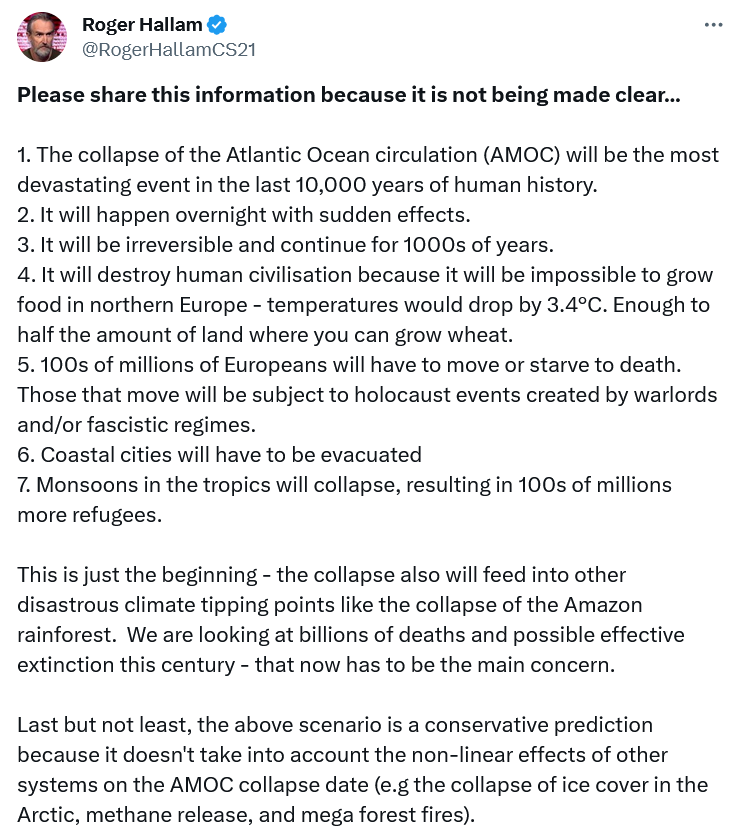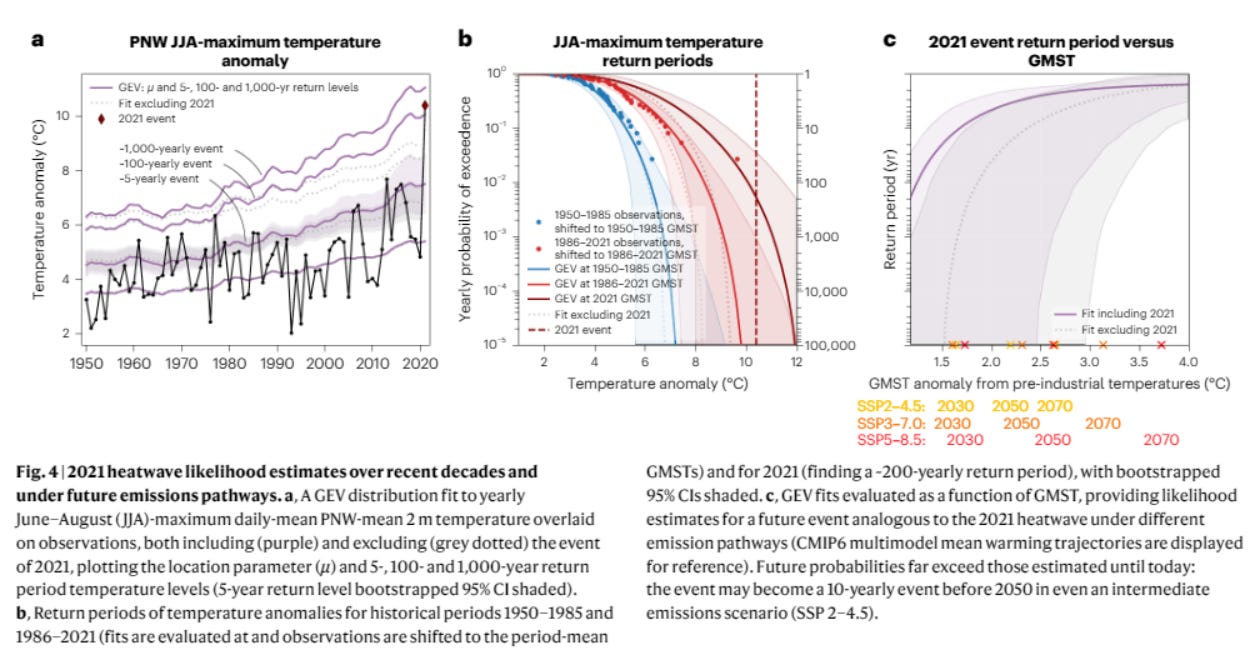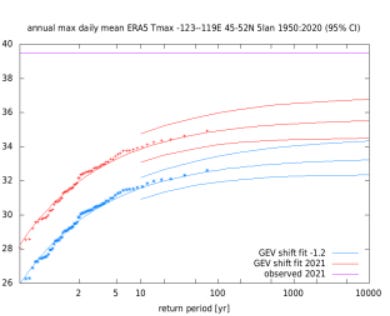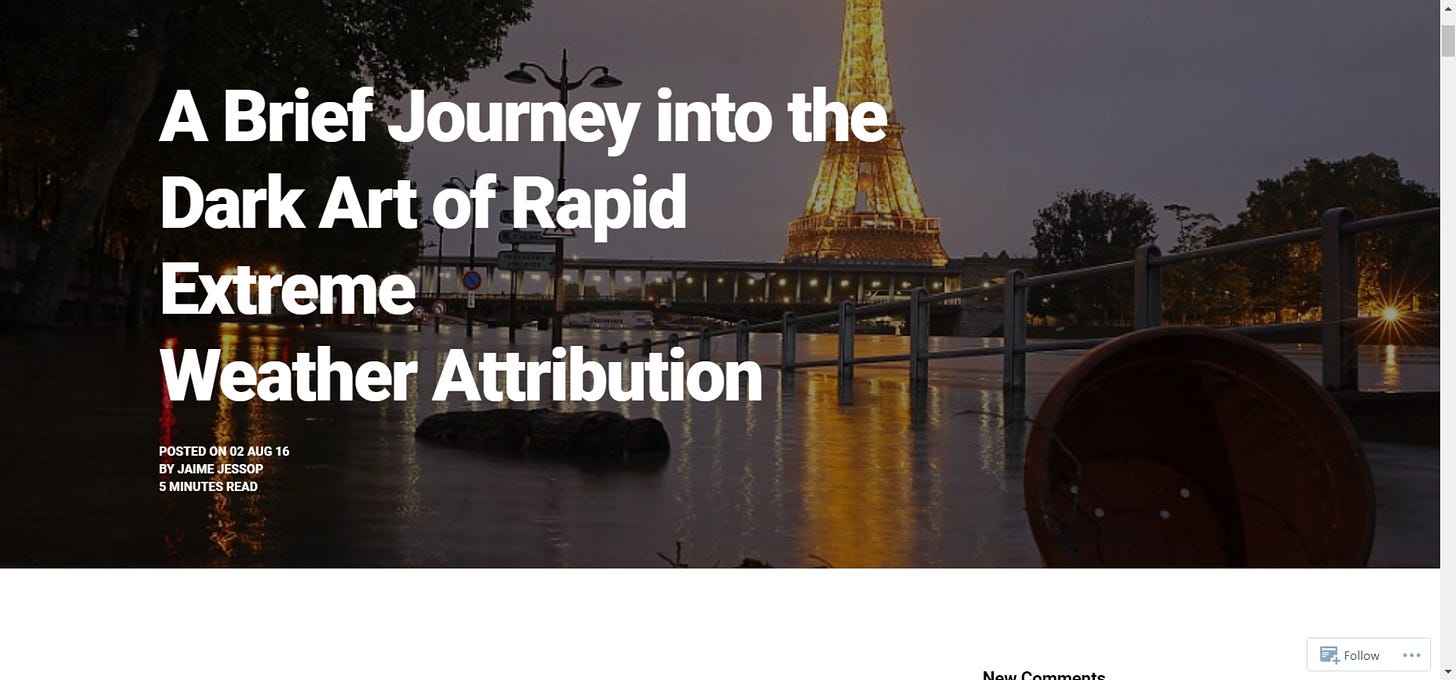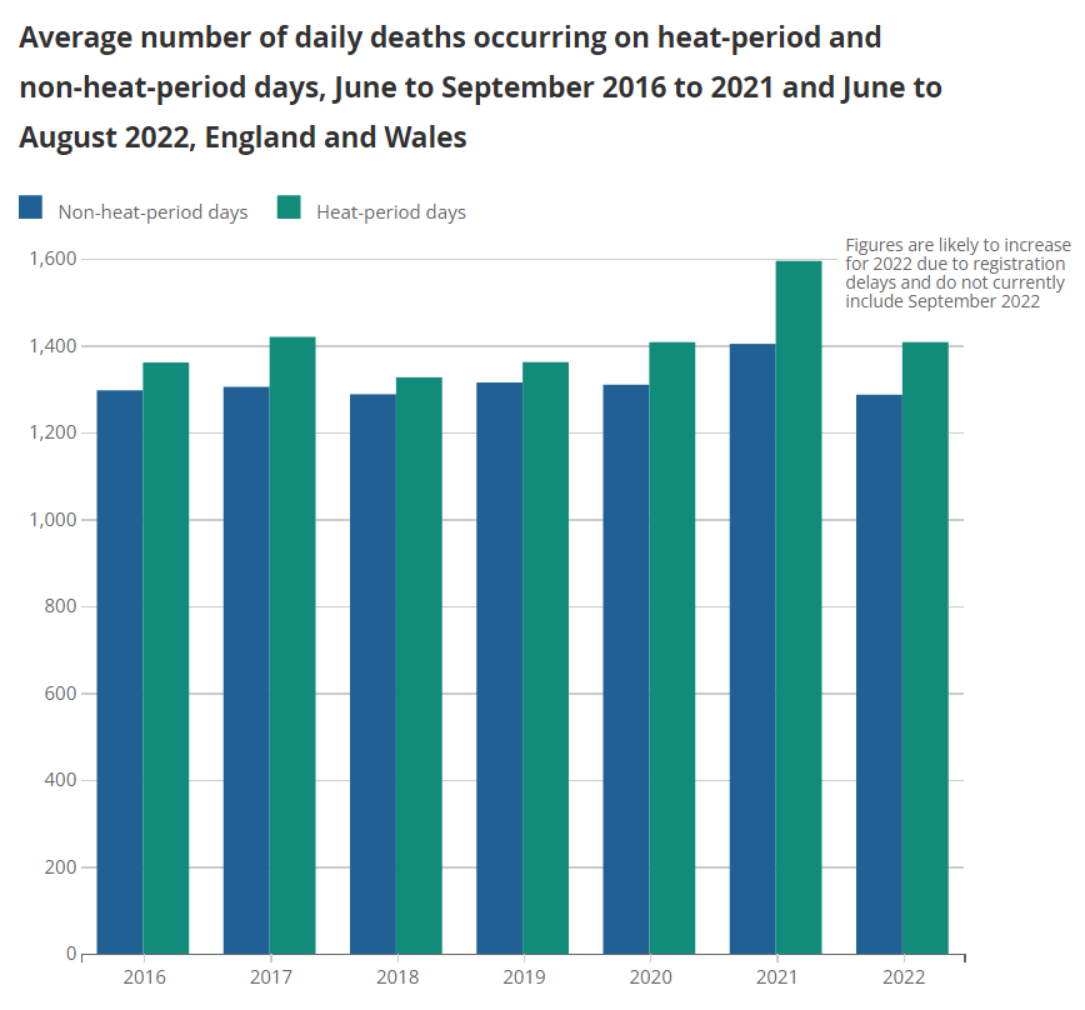The perennial ‘AMOC shutdown’ climate alarmist scare has had more outings than Rocky Balboa. This is just the latest in a long line of ‘new study’/’experts say’ scares on the global thermohaline circulation, which come along about once every six months on average:
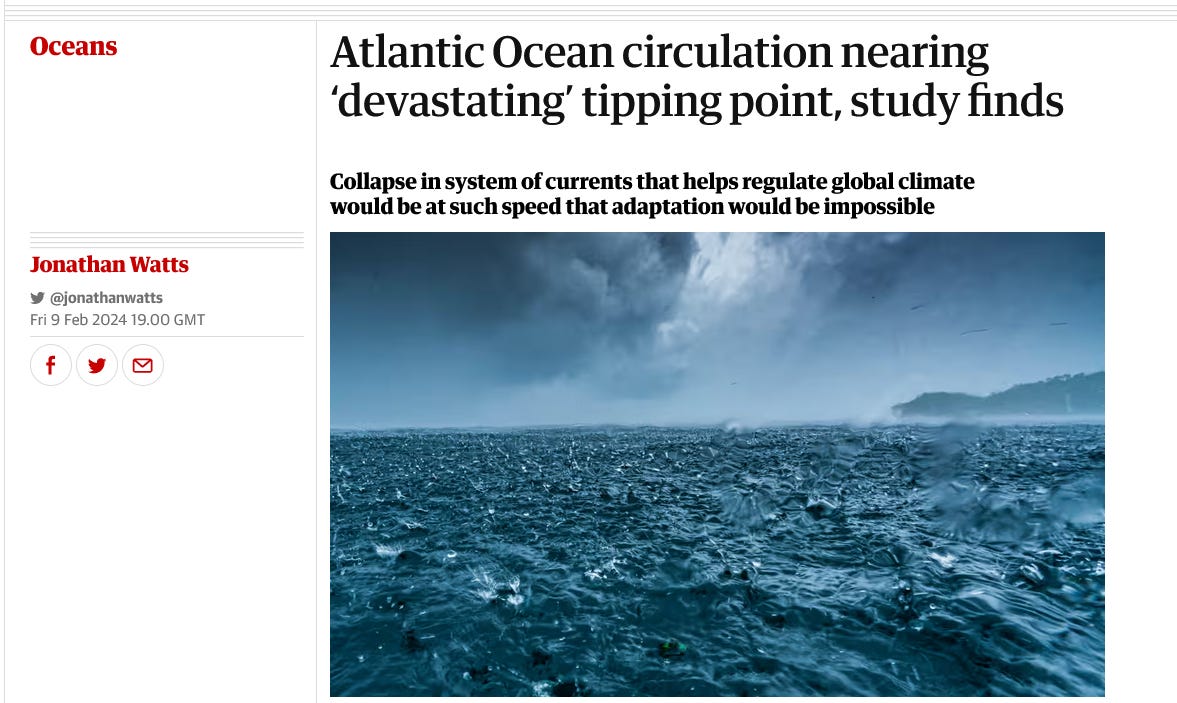
Ironically, back in November, the Royal Society was debunking the Gulf Steam collapse scare. I wrote about it here:
It’s Worse Than We Thought: ‘Gulf Stream Collapse Debunked’ Becomes ‘AMOC Ate My Global Warming’ Which Becomes ‘AMOC IS My Global Warming!’
·
16 November 2023
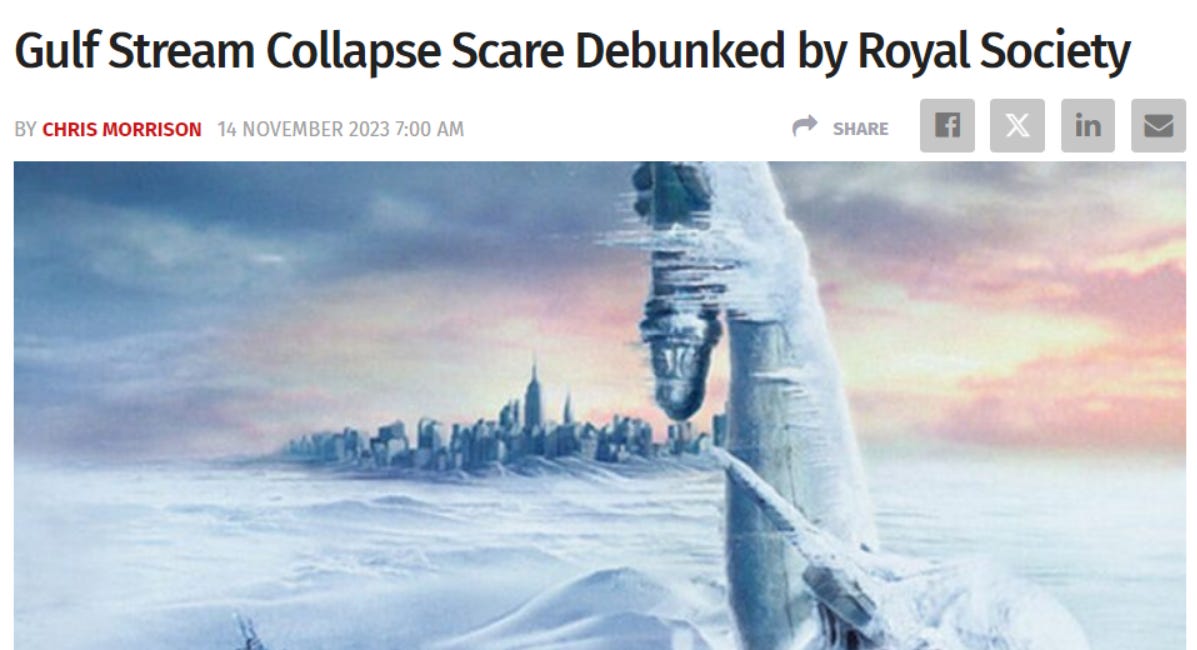
But normal service has obviously been resumed with the latest media hype about the latest study. In November I said:
Climate crisis zealots just love regaling us with grim fairy tales of imminent catastrophic AMOC collapse due to global warming supposedly melting the Greenland icecap, thus diluting the cold north Atlantic oceans with trillions of gallons of fresh water, effectively preventing the dense salty water sinking to depths and so shutting down the ‘conveyor belt’. If telling us that the sinful burning of fossil fuels will alternately or simultaneously drown, drench, parch, starve, boil, or incinerate us is their day job, then warning that AMOC collapse will freeze the nuts off our brass monkeys is definitely the full time hobby carried out during holidays and lunch breaks.
It came to a head a few years ago when two papers were published in 2018 warning us of a potential ‘catastrophic’ slow down in AMOC which began after 1950 and was predicted to get worse over the 21st century, supposedly because of human emissions of greenhouse gases. I covered those two studies and the inevitable MSM scaremongering hysteria here.
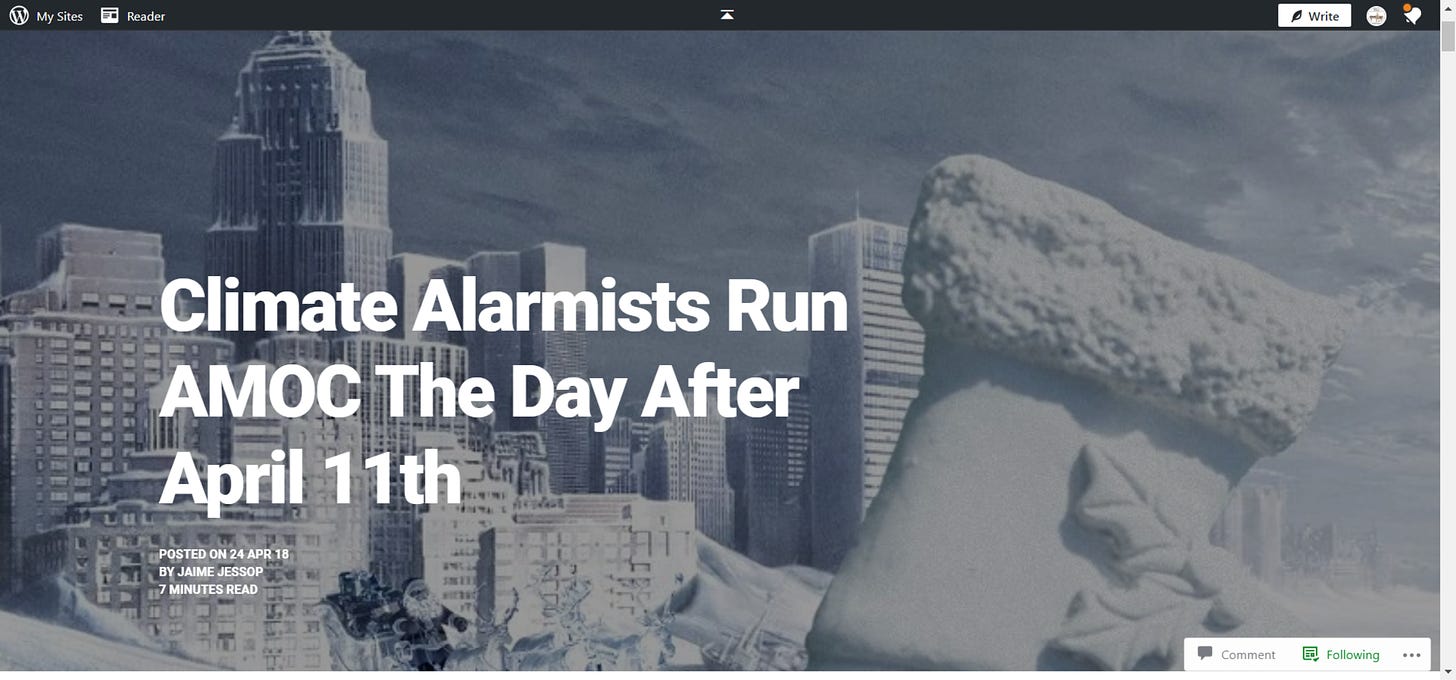
The Royal Society found that natural internal variability may dominate the observed AMOC trend since 1950 (direct observations only since 2004) and therefore any model projections based on the observed trend, which fail to adequately account for internal variability, must be considered to be highly uncertain. As Chris Morrison at the Daily Sceptic pointed out:
The Royal Society authors find that the climate models that are stuck with an assumption that humans can and do control the AMOC have been wrong for decades. Neither past nor current models are successful in representing actual AMOC observational data. They go on to add: “If it is not possible to reconcile climate models and observations of the AMOC in the historical period, then we believe the statement about future confidence about AMOC evolution should be revised. Low confidence in the past should mean lower confidence in the future.”
Many of the scare tactics employed by mainstream media and green activists are given weight by the IPCC’s suggestion that the AMOC will weaken in future as “very likely”. But the authors note the models cannot reproduce past variations, causing them rightly to ask why we should be confident about their ability to predict the future. The challenge for the AMOC community is either to reconcile the differences between climate models and observations or to better understand the reasons for deviation. “We believe that progress needs to be made in understanding why models do not reproduce past AMOC variability and that this is the key to having confidence in the future evolution of this key climate variable,” they state.
As I pointed out in November:
So the models are not ‘wrong’, they’re just not fit for the purpose of simulating past and future climate change and thus informing climate policy, precisely because they do not accurately simulate natural internal variability which is large over decadal and multidecadal reference periods compared to external forcing. We’ve been conned by bad science allied with political activism and corporate vested interests.
Just four months later and we have a new AMOC scare-story based on just one model telling us that we’re all going to freeze to death very suddenly, Hollywood style, à la ‘The Day After Tomorrow’ because the ‘signs are’ that we are fast approaching an ‘OMG we’re all going to die tipping point’. Take it away Mr Guardianista journalist:
The circulation of the Atlantic Ocean is heading towards a tipping point that is “bad news for the climate system and humanity”, a study has found.
The scientists behind the research said they were shocked at the forecast speed of collapse once the point is reached, although they said it was not yet possible to predict how soon that would happen.
Using computer models and past data, the researchers developed an early warning indicator for the breakdown of the Atlantic meridional overturning circulation (Amoc), a vast system of ocean currents that is a key component in global climate regulation.
They found Amoc is already on track towards an abrupt shift, which has not happened for more than 10,000 years and would have dire implications for large parts of the world.
“What surprised us was the rate at which tipping occurs,” said the paper’s lead author, René van Westen, of Utrecht University. “It will be devastating.”
He said there was not yet enough data to say whether this would occur in the next year or in the coming century, but when it happens, the changes are irreversible on human timescales.
In the meantime, the direction of travel is undoubtedly in an alarming direction.
“We are moving towards it. That is kind of scary,” van Westen said. “We need to take climate change much more seriously.”
Fear porn – on scientific ‘authority’. You’re meant to suck it up and start to behave not like a free-range, free-thinking human being, but like a Net Zero compliant automaton, in order to avoid this catastrophe. So let’s take a look at what the actual paper says, and whether, or not, it lives up to the Guardian’s hype (and the hype of its lead author).
. . . . . . there is strong need for a more physics-based, observable, and reliable early warning indicator that characterizes the AMOC tipping point.
To develop such an early warning indicator, we performed a targeted simulation to find an AMOC tipping event in the Community Earth System Model (CESM; version 1.0.5). This CESM version, which has been used in the Coupled Model Intercomparison Project (CMIP), phase 5, has horizontal resolutions of 1° for the ocean/sea ice and 2° for the atmosphere/land components (see Materials and Methods).
We start from a statistical equilibrium solution of a preindustrial control simulation (16) and keep greenhouse gas and solar and aerosol forcings constant to preindustrial levels during the simulation.
This tells us immediately that the model simlation is a highly artificial one: it keeps natural solar and aerosol (volcanic) emissions constant and even neglects to include GHG forcings. So basically, no external forcings on climate, meaning no global warming. The only variable is freshwater flux into the Atlantic. Even so, it took 6 months running on a mainframe computer to generate the results, which was very expensive and not repeatable.
A quasi-equilibrium approach (17–19) is followed by adding a slowly varying freshwater flux anomaly FH in the North Atlantic over the region between latitudes 20°N and 50°N. This freshwater flux anomaly is compensated over the rest of the domain, as shown in the inset of Fig. 1A. We linearly increased the freshwater flux forcing with a rate of 3 × 10−4 Sv year−1 until model year 2200, where a maximum of FH = 0.66 Sv is reached. Such a simulation has not been conducted before with a complex global climate model (GCM) (i.e., used in CMIP5 and beyond) as the CESM version used here because of the high computational costs and it cannot easily be repeated for a suite of different GCMs.
A requirement of sound science is that it must be repeatable. This model experiment is not.
Under increasing freshwater forcing, we find a gradual decrease (Fig. 1A) in the AMOC strength (see Materials and Methods). Natural variability dominates the AMOC strength in the first 400 years; however, after model year 800, a clear negative trend appears because of the increasing freshwater forcing. Then, after 1750 years of model integration, we find an abrupt AMOC collapse (fig. S1, A and B). The AMOC strength is about 10 Sv in model year 1750 and decreases to 2 Sv 100 years later (model year 1850) and eventually becomes slightly negative after model year 2000. Such a transient AMOC response (model years 1750 to 1850) is spectacular considering the slow change in the freshwater forcing (i.e., ∆FH = 0.03 Sv). The characteristic meridional overturning circulation and associated northward heat transport in the Atlantic Ocean have decreased to nearly zero and by 75% (at 26°N), respectively, after model year 2000 (Fig. 1, B to D, and fig. S2A).
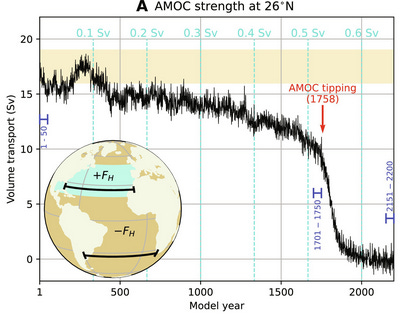
So the tipping point they found is 1750 years from now, assuming a constant flux of fresh water into the ocean from ice melt. That would be the year 3774 AD! So, not really the day after tomorrow then! Also, this freshwater flux is not realistic given present day conditions. Even though it is modest by the standards of other freshwater flux model experiments which have been done to investigate AMOC collapse, it is still very high:
In the CESM simulation here, AMOC tipping occurs at relatively large values of the freshwater forcing. This is due to biases in precipitation elsewhere in the models and mainly over the Indian Ocean (37). Hence, we needed to integrate the CESM to rather large values of the freshwater forcing [∼0.6 Sv, about a factor 80 times larger than the present-day melt rate of the Greenland Ice Sheet (55)] to find the AMOC tipping event. The effect of the biases can be seen from the value of the AMOC-induced freshwater transport at 34°S, FovS, which is positive at the start of the simulation. When biases are corrected in the CESM, it is expected that the AMOC tipping is expected to occur at smaller values of the freshwater forcing.
The authors argue that they had to make the freshwater flux unrealistically high to account for biases in the climate models which estimate the freshwater transport at 34S to be positive, whereas observational estimates generally tend to find it to be negative at present. This is the equivalent of saying we put dodgy data into our models to compensate for the fact that the models don’t simulate reality too well!
The claim in the Guardian is this:
They found Amoc is already on track towards an abrupt shift, which has not happened for more than 10,000 years and would have dire implications for large parts of the world.
The basis of this claim is the identification of a signal in the southern hemisphere, at the boundary of the Atlantic, which supposedly indicates whether AMOC is stable or not. This is the freshwater flux measured at 34S, first proposed as an indicator of AMOC stability by Stefan Rahmstorf in 1996. The authors say:
From idealized ocean-climate models, it has been suggested that the freshwater transport of the AMOC at 34°S, indicated by FovS (see Materials and Methods), is an important indicator of AMOC stability (29–33). The reason is that this quantity is a measure of the salt-advection feedback strength, thought crucial in AMOC tipping. This feedback describes the amplification of a freshwater perturbation in the North Atlantic through a weakening of the AMOC, which leads to less northward salt transport and, hence, amplification of the initial freshwater perturbation (34, 35).
They explain again why this figure is initially positive in the model run because of ‘well known’ biases in the models:
In the CESM results here (Fig. 4A), FovS is positive at the beginning of the simulation, which indicates that the AMOC exports net salinity (with respect to reference salinity of 35 g kg−1) out of the Atlantic. This is not in agreement with observations (36, 37), which is a well-known bias in CMIP phase 3 (38), phase 5 (21), and phase 6 (37) models. In the CMIP phase 6 (CMIP6) models, this bias is mainly due to large biases (compared to observations) in the freshwater flux over the Indian Ocean (37).
There are no direct observations of freshwater flux at 34S, only estimates and reanalysis products (models). Nevertheless, they tend to point towards FovS being negative.
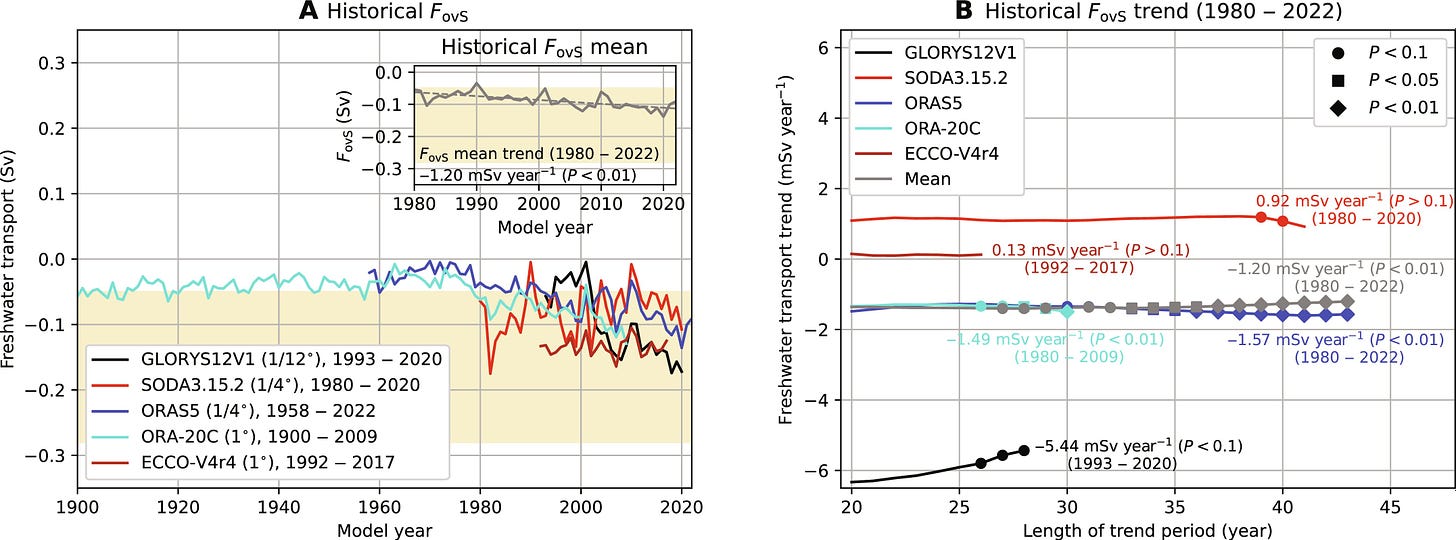

Note that there is a large variation in the trend between different products, not all show a negative trend and the datasets are short. Hence I find this statement by the authors to be somewhat suspect:
The historical FovS, derived from reanalysis and assimilation products (Fig. 6A), are consistent in the sign of FovS when comparing those to direct observations (36, 42). The reanalysis product mean shows a robust and significant negative FovS trend (of −1.20 mSv year−1) over the past 40 years (Fig. 6B), and its magnitude is close to the projected CMIP6 mean trend [of −1.06 mSv year−1, 2000–2100 (37)] under a high-end climate change scenario. This multi-reanalysis mean negative trend suggests that the AMOC is on course to tipping as a more negative FovS is associated with a stronger salt-advection feedback.
The freshwater flux at 34S may not even be the best indicator of AMOC stability anyway. Here for instance:
The value of FovS at 34°S is often considered an indicator for AMOC bi-stability with a negative value indicating a bistable AMOC and positive values indicating a monostable AMOC. However, no rigorous proof for it’s relation with AMOC bi-stability exists.
Also here:
In a recent freshwater hosing experiment in a climate model with an eddy-permitting ocean component, the change in the gyre freshwater transport across 33° S is larger than the AMOC freshwater transport change. This casts very strong doubt on the usefulness of this simple AMOC stability criterion. If a climate model uses large surface flux adjustments, then these adjustments can interfere with the atmosphere–ocean feedbacks, and strongly change the AMOC stability properties.
As usual, the actual science is very complex, with lots of unknowns and uncertainties, but the media runs with a storyline which implies that it is definitive and as a result we should be afraid, be very afraid. And of course all the usual climate apocalypse nutters jump on the ‘latest science’ immediately:
